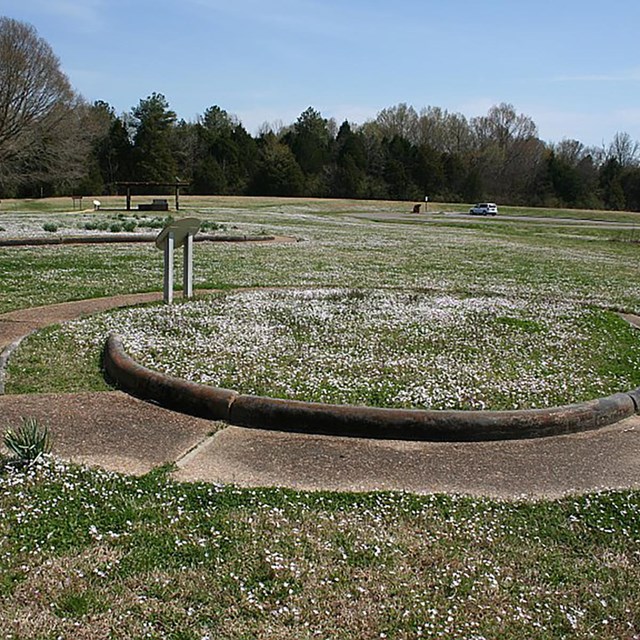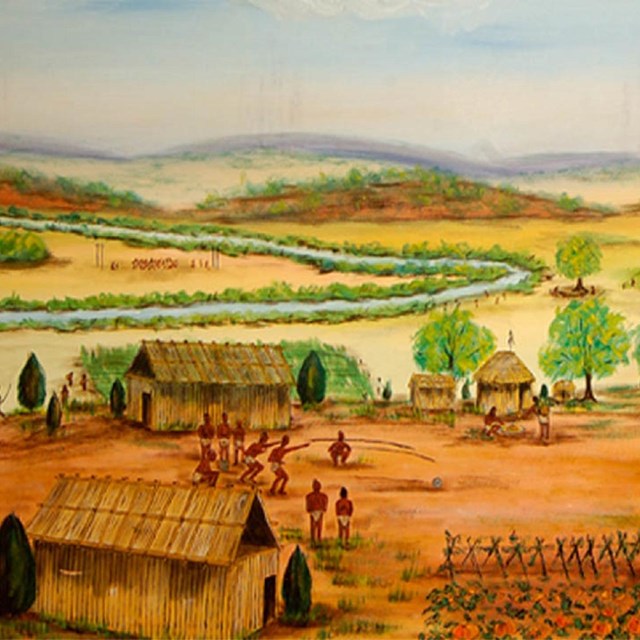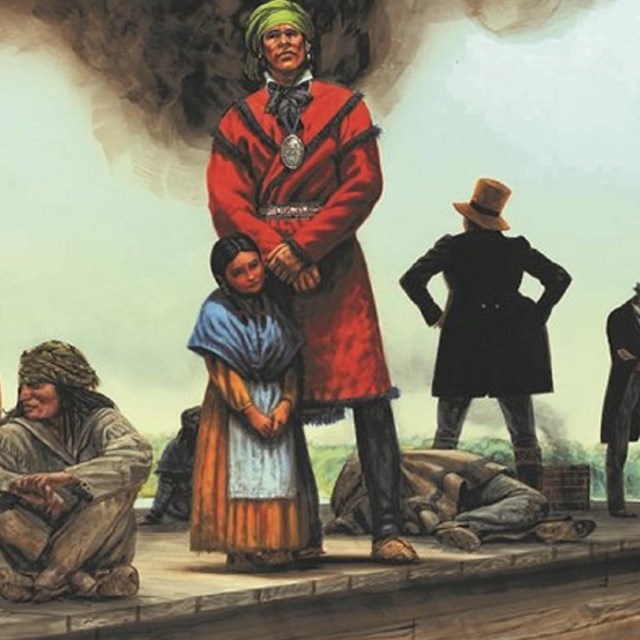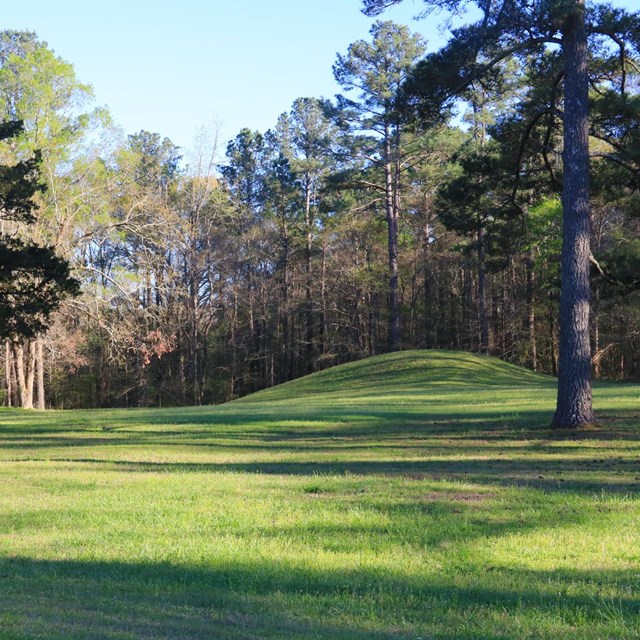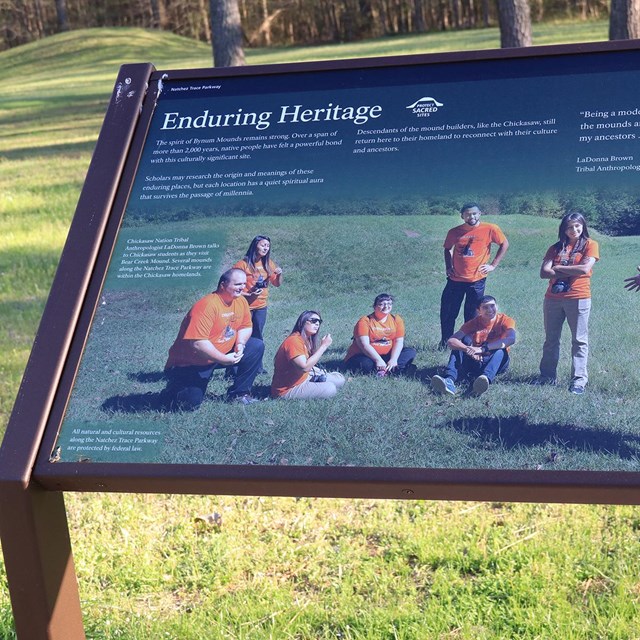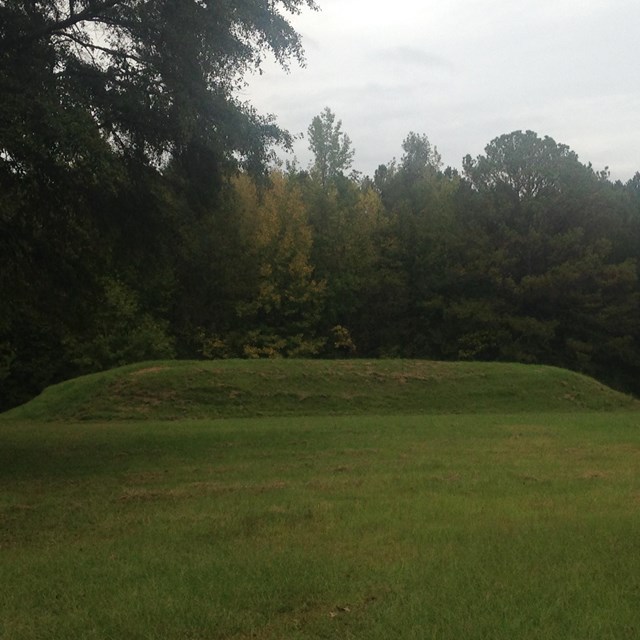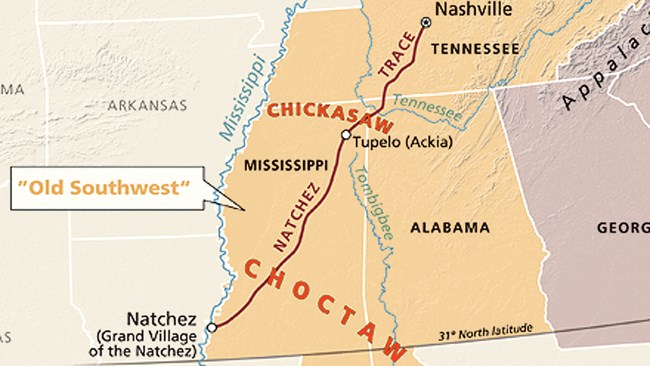
NPS Hadley Exhibit Natchez Trace Parkway Visitor Center The Choctaw, Chickasaw, and Natchez are some of the most historically significant and influential groups of people to have lived along the Natchez Trace. These American Indian nations were some of the first to establish the Natchez Trace, ushering in an era of trade and travel through this region for centuries.
Natchez When you visit Natchez, MS you are visiting the heart of the ancient Natchez homelands. This great nation once thrived in this area, traversing the waterways, establishing trade and travel along the Natchez Trace, and excelling in warfare and diplomacy for years.
Visit our keyboard shortcuts docs for details
The early Chickasaw people used fire as a tool, but it was also part of their community and spiritual life. This video connects to the stories and use of fire, both historically and by the Natchez Trace Parkway fire managers of the Chickasaw Village Site. |
Last updated: June 26, 2023

